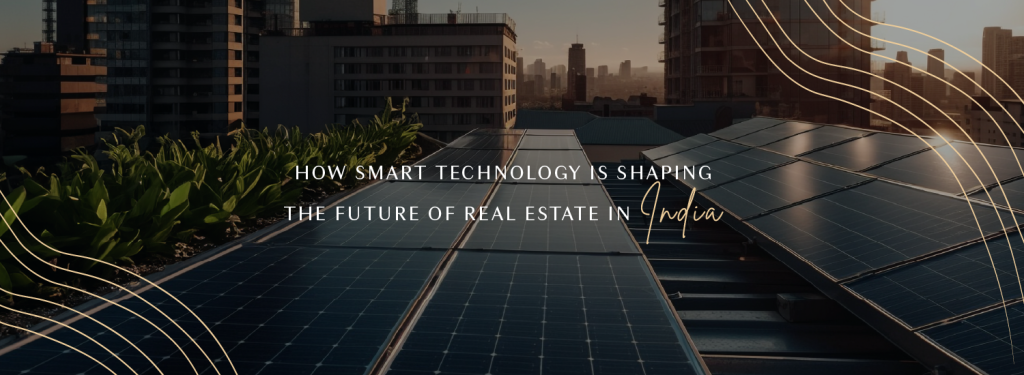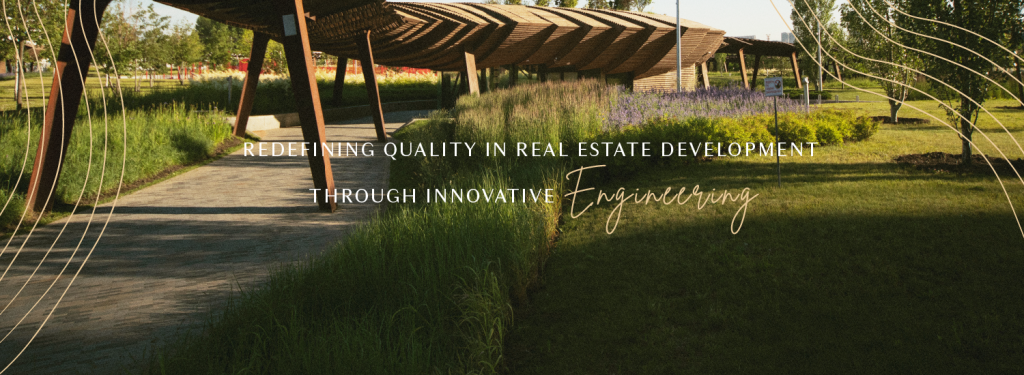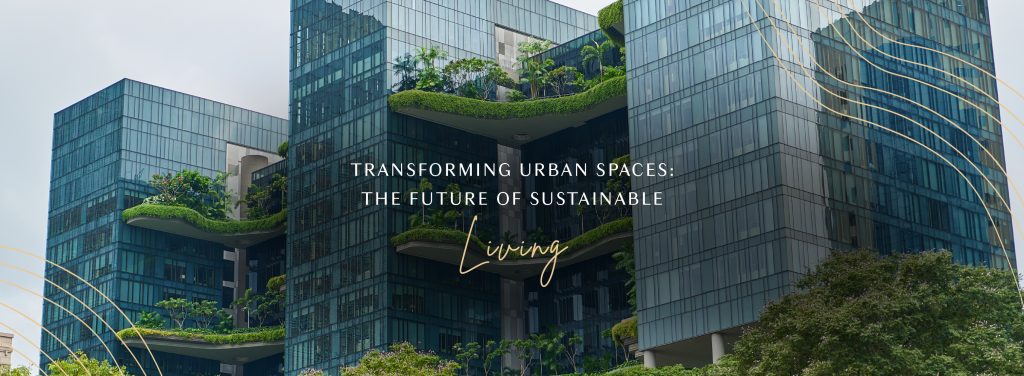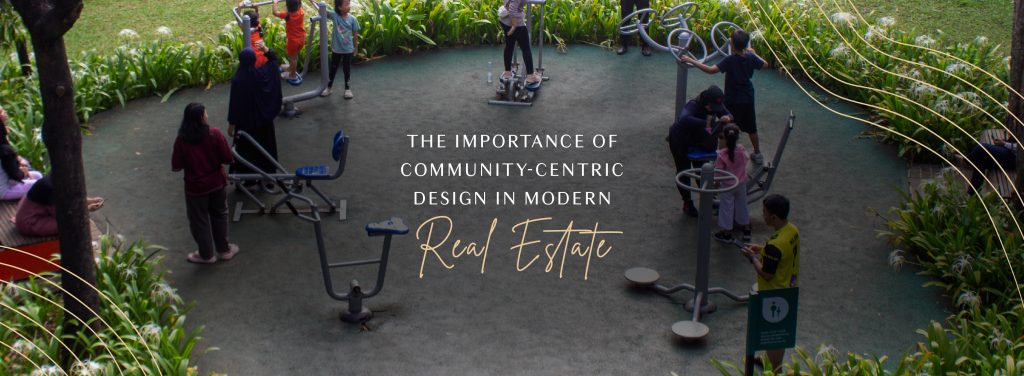
Creating Wellness-Oriented Spaces: The New Trend in Real Estate
In recent years, there has been a significant shift in the real estate market towards creating spaces that prioritize the health and well-being of their inhabitants. As awareness grows about the profound impact of our environment on our overall well-being, wellness-oriented spaces have emerged as a prominent trend in both residential and commercial real estate. From sustainable building designs to health-focused features, these spaces are being developed with the goal of improving the physical, mental, and emotional health of the people who occupy them. As the world embraces healthier living, it is no surprise that wellness-focused architecture has become a driving force in the real estate sector.
The Emergence of Wellness-Oriented Spaces
Wellness-oriented spaces are designed with the intention of improving the overall well-being of their inhabitants. These spaces focus on creating environments that foster physical, mental, and emotional health. Unlike traditional designs, wellness-oriented spaces integrate elements that encourage a healthier lifestyle, such as natural light, proper ventilation, green spaces, and the use of non-toxic, sustainable materials. Recent studies indicate that the demand for wellness-oriented properties are rapidly growing. From luxurious homes to corporate offices and healthcare facilities, real estate developers are increasingly recognizing the value of designing spaces that contribute to the well-being of their occupants. Features such as air and water purification systems, energy-efficient lighting, and access to outdoor green spaces are becoming standard components in wellness-oriented designs.
Health-Focused Living: A Rising Priority
As the global community becomes more conscious of the impact of lifestyle and environmental factors on health, the desire for health-focused living spaces are on the rise. Wellness-oriented spaces address several issues that are prevalent in today’s urban environment, such as poor air quality, sedentary lifestyles, and high levels of stress. A wellness-oriented home goes beyond aesthetic appeal; it is
designed to actively improve the physical and mental health of those who live
there. Features such as natural ventilation, non-toxic materials, and thoughtful spatial layouts help to ensure that these spaces not only look beautiful but also promote a healthier lifestyle. Proper ventilation ensures a constant flow of fresh air, while ample natural light boosts mood and productivity.
Key Elements of Wellness-Oriented Spaces
- Biophilic Design
Biophilic design is a fundamental component of wellness-oriented spaces. This approach integrates natural elements such as plants, water features, and natural light to foster a connection between the indoors and the outdoors. Studies have shown that exposure to nature can reduce stress levels and improve overall well-being.
- Natural Light and Ventilation
The importance of natural light and ventilation in wellness-oriented spaces cannot be overstated. Natural light has been linked to improved mood, better sleep patterns, and overall health. Thoughtfully placed windows and open layouts allow ample sunlight to fill the interiors, while natural ventilation ensures the circulation of fresh air throughout the space, helping to create a healthy living environment.
- Sustainable Materials
Sustainability is another cornerstone of wellness-oriented spaces. The materials used in these spaces are often chosen for their environmental impact and non-toxic properties. Sustainable building materials such as bamboo, reclaimed wood, and low-VOC paints are commonly used to reduce the environmental footprint and ensure that the living environment remains healthy.
- Energy Efficiency
Energy-efficient features are an integral part of wellness-oriented spaces. These features help reduce energy consumption while maintaining a comfortable living environment. From solar panels to smart thermostats and energy-efficient appliances, these sustainable technologies help lower utility bills and reduce the carbon footprint. - Community and Social Well-Being
In wellness-oriented spaces, social well-being is just as important as physical health. These spaces are designed to foster a sense of community and encourage interaction among residents. Shared amenities such as parks, fitness centres, and communal spaces provide opportunities for residents to connect, relax, and engage with one another. - Water Management
Water management is another key feature of wellness-oriented spaces. Efficient water usage is a vital component of sustainability, and systems such as rainwater harvesting and greywater recycling help reduce water waste.
Roach Lifescapes: A Commitment to Wellness-Oriented Design
At Roach Lifescapes, we believe that wellness-oriented spaces are the future of real estate. Our designs go beyond just providing a place to live, they offer environments that actively contribute to the physical, mental, and the emotional well-being of their occupants. Whether it’s through biophilic design, energy-efficient systems, or promoting community engagement, Roach Lifescapes is at the forefront of this wellness revolution in real estate.
Conclusion
Wellness-oriented spaces are no longer a niche trend but are becoming an essential aspect of the real estate market. As more people seek healthier lifestyles, the demand for homes and offices that prioritize well-being is set to grow. At Roach Lifescapes, we are proud to be leading this movement, designing spaces that offer more than just luxury, they offer a healthier, more sustainable way of life. Whether you’re looking for a new home or exploring sustainable building options, wellness-oriented spaces offer numerous benefits that contribute to a higher quality of life. With Roach Lifescapes, you can be sure that your space is not only a reflection of your lifestyle but also a foundation for your well-being. Explore our wellness-oriented projects today and take the first step towards healthier living.



